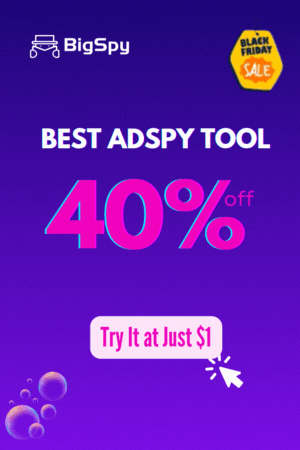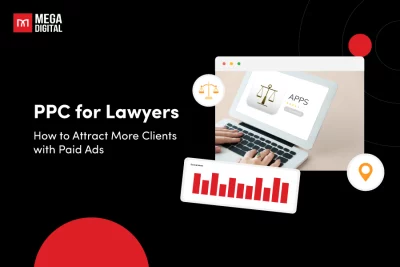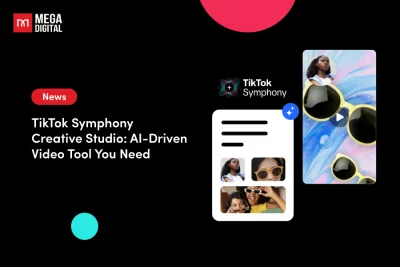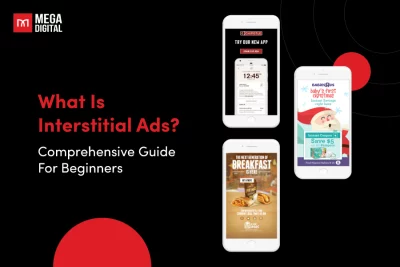LinkedIn Ads and Facebook Ads are 2 dominant forces in the digital advertising space. But if you have to choose between LinkedIn Ads vs Facebook Ads, which one will you lean toward? It is not as easy as it sounds, as they each have their own benefits and drawbacks.
In this guide, I will compare both platforms based on several criteria, helping you determine which one is a better choice to serve your marketing objectives.
Table of Contents
Introduction of LinkedIn Ads and Facebook Ads
Both LinkedIn Ads and Facebook Ads are 2 powerful advertising platforms, each catering to different audiences and marketing goals.
LinkedIn Ads
LinkedIn ads are paid advertisements that offer access to LinkedIn social networks through various sponsored posts and other methods.
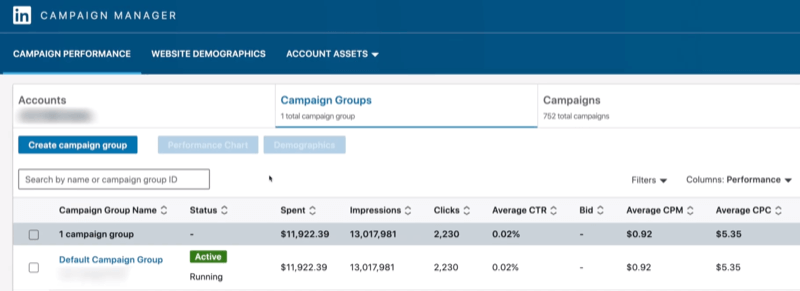
The platform focuses on helping businesses reach decision-makers, executives, and industry professionals through precise targeting based on job titles, industries, skills, and company size.
LinkedIn’s US advertising revenue for 2023 was approximately $4 billion, marking a 10% jump from 2022, according to Business Insider.
Facebook Ads
Facebook Ads are paid advertising placements that allow businesses to promote their products, services, or content across Facebook’s vast platform, which includes Facebook itself, Instagram, Messenger, and the Audience Network.
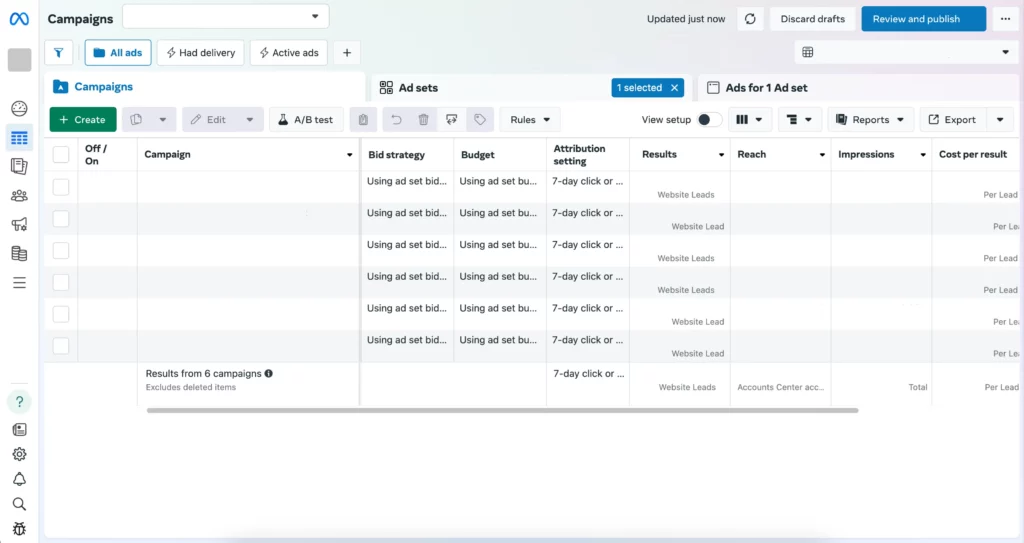
With its huge user base and creative ad formats, Facebook Ads offer businesses of all sizes an opportunity to reach their ideal customers and drive measurable results.
According to Shopify, in 2023, Meta earned $131.9 billion in advertising revenues, up from $113.6 billion in 2022.
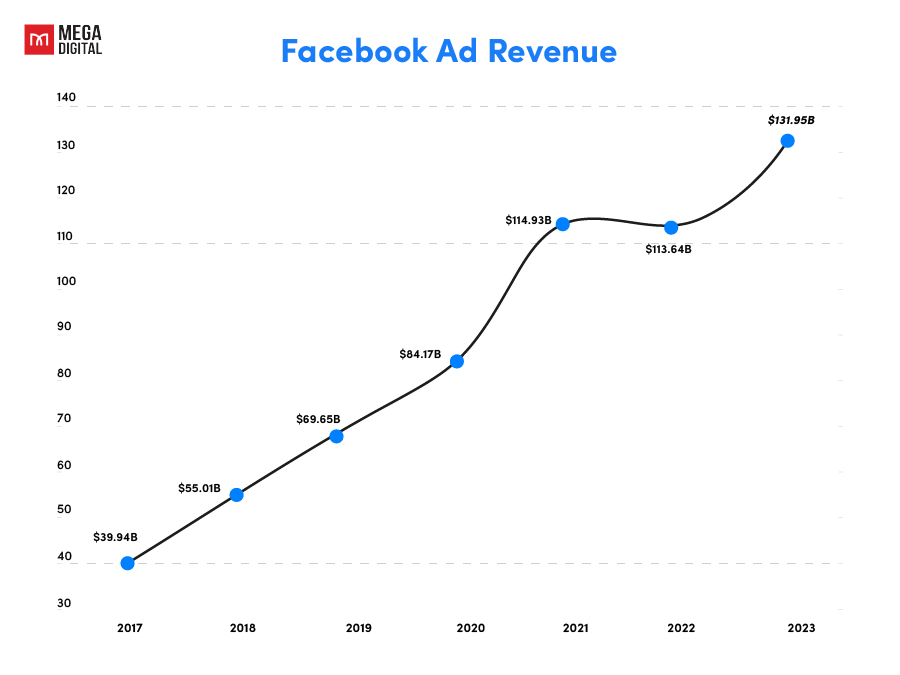
Comparing LinkedIn Ads vs Facebook Ads
LinkedIn is for your co-workers, and Facebook is for your friends. But which is better for advertising your business?
LinkedIn vs Facebook ads share a lot in common, but also have distinct differences. To determine which one you should focus on is not an easy task.
Every business should consider these five attributes before deciding on LinkedIn Ads vs. Facebook Ads:
- Audience
- Ad types
- Targeting options
- Cost
- Analytics

Audience
LinkedIn has over 930 million users, but only a small fraction of them (310 million) are monthly active users. Nearly 50% of people visit LinkedIn monthly, while nearly three times fewer people use the app daily.
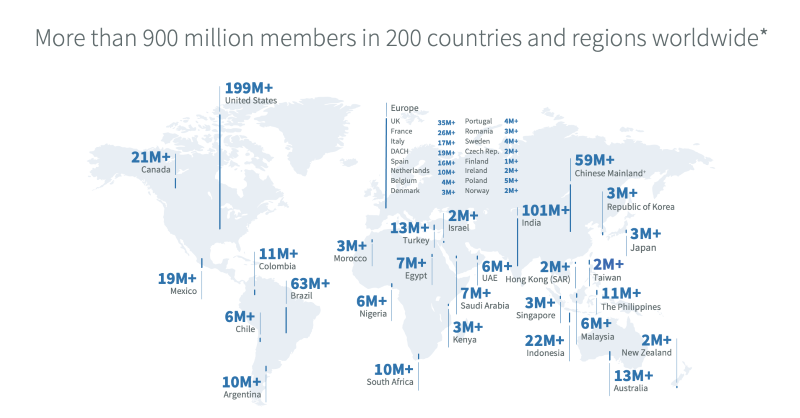
The largest age group on LinkedIn is between 25 to 34 years old, making up about 60% of its user base globally.
On the other hand, Facebook dominates the social media landscape with roughly 3.065 billion monthly active users.
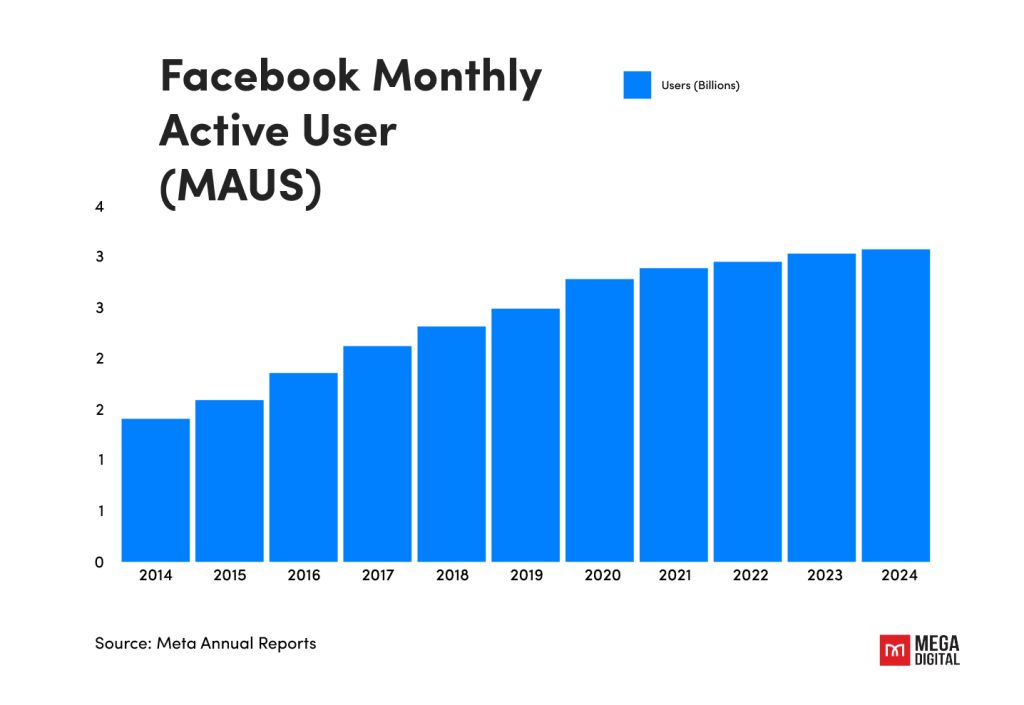
The largest segment of Facebook users also falls within the 25 – 34 age range, but it’s a smaller percentage at 24.2%. Additionally, Facebook has a broader range of users across different age groups, including significant portions in the 35 – 44 and 50- 64 age ranges.
While Facebook has significantly more users than LinkedIn, it isn’t just a numbers game when it comes to advertising. The effectiveness of your ads depends on reaching the right audience, not just the largest audience:
- LinkedIn is the go-to platform for professionals, executives, and decision-makers. The audience on LinkedIn is highly educated, with many users in leadership or specialized roles.
- Facebook’s audience, on the other hand, is far more diverse in terms of age, occupation, and interests. People use Facebook primarily for social interaction, entertainment, and personal interests.
Conclusion: To sum up, if you need to reach professionals with a more tailored, career-focused message, go with LinkedIn. If you’re looking for broad consumer appeal and mass reach, Facebook is the better choice.
Ad types
LinkedIn offers a variety of ad types tailored for professionals. These formats help businesses target a professional audience effectively.

LinkedIn’s ad types focus less on visual storytelling and more on promoting thought leadership, professional services, or business solutions.
Sponsored Content, for instance, is particularly effective for B2B marketers looking to share whitepapers, case studies, or industry insights, positioning their brand as an authority.
For differences, Facebook ad types offer a higher level of creativity and visual engagement through interactive options:
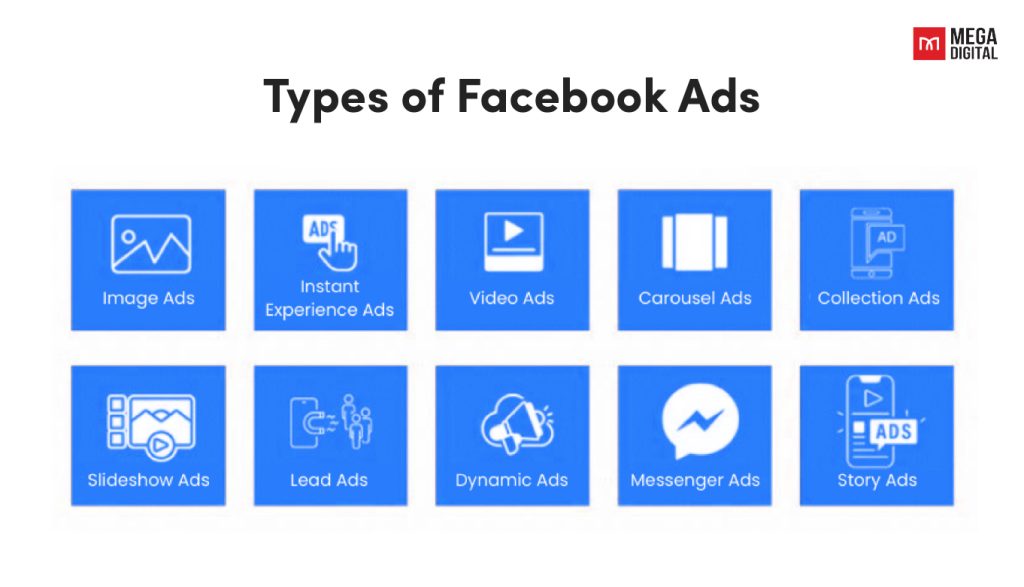
These formats are visually dynamic and versatile, making them ideal for B2C brands aiming to showcase products in engaging ways.
For example, carousel ads on Facebook work particularly well for eCommerce businesses, as they can highlight multiple products or features in a single ad.
Conclusion: Facebook’s interactive ad formats make it an excellent platform for showcasing sleek products or distinctive services that benefit from visual presentation. LinkedIn’s ad formats are designed to highlight thought leadership, drive lead generation, and deliver content tailored to specific industries.
Targeting options
Both Facebook and LinkedIn offer advanced targeting options for advertisers, but each platform has its strengths based on its user base and intended audience.
About LinkedIn targeting options, they allow advertisers to target users based on job titles, industries, company size, and seniority levels, making it the ideal platform for B2B marketers looking to reach specific professionals or decision-makers.
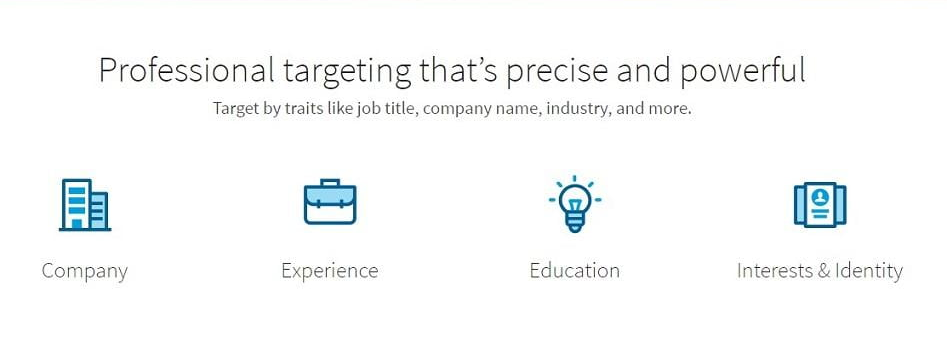
On the other hand, Facebook Ads provide an extensive range of targeting options based on demographics such as age, gender, location, and behaviors. Besides, Facebook’s ability to create custom and lookalike audiences further enhances its targeting power, allowing businesses to retarget users who have interacted with their website or find new users similar to their current customers.
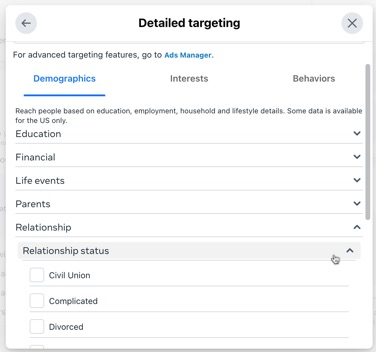
Conclusion: Facebook excels in behavior- and interest-based targeting, making it better for personalized consumer campaigns. LinkedIn’s targeting is more career-specific, allowing for precise targeting of professionals based on job-related criteria.
Cost
Facebook has a median cost-per-click (CPC) of $0.51, making it one of the most affordable platforms for advertising.
LinkedIn, in contrast, has a significantly higher median CPC of $5.61, which is over 10 times the cost of Facebook.
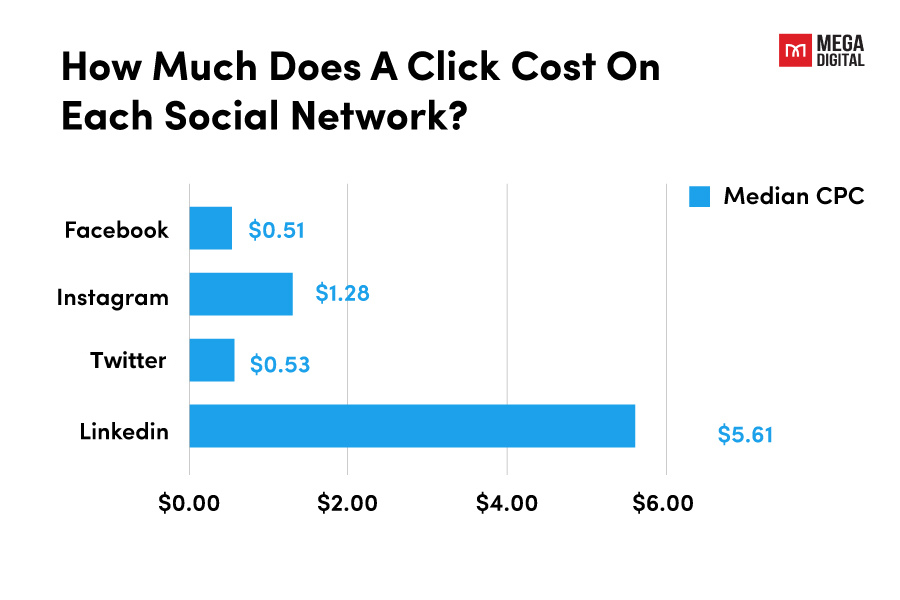
Facebook Ads are far more cost-effective for businesses with smaller budgets or those seeking to maximize reach with lower CPCs. It’s an ideal platform for generating broad awareness and driving mass traffic at a low cost.
LinkedIn Ads, though much more expensive, are not necessarily overpriced. The higher CPC reflects the premium nature of its audience, making it a better fit for campaigns focused on the quality of the leads over its quantity.
Conclusion: Facebook offers an affordable option for businesses looking to reach a large and diverse audience, while LinkedIn is better suited for businesses willing to pay a premium to target professionals.
>>> Read more: CPM in Facebook Ads: Why CPM Is Too High and How to Fix It?
Analytics
LinkedIn Analytics is split into three key sections that provide detailed insights about your business page’s performance: Followers, Visitors, and Engagement.
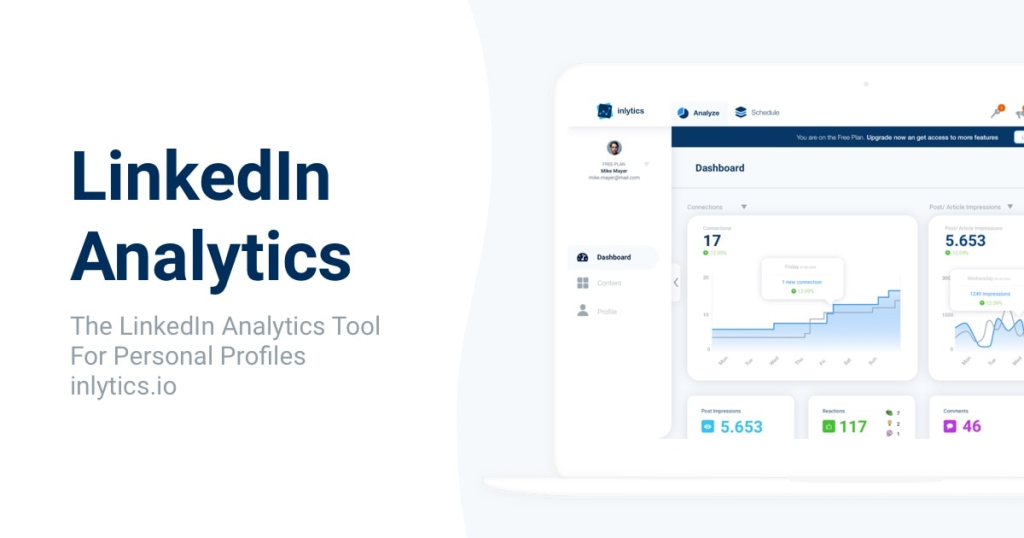
Now, let’s talk about Facebook Analytics. It provides detailed insights into your audience’s behavior, engagement, and interactions with your content, giving you a full picture of how your business is performing across the platform.
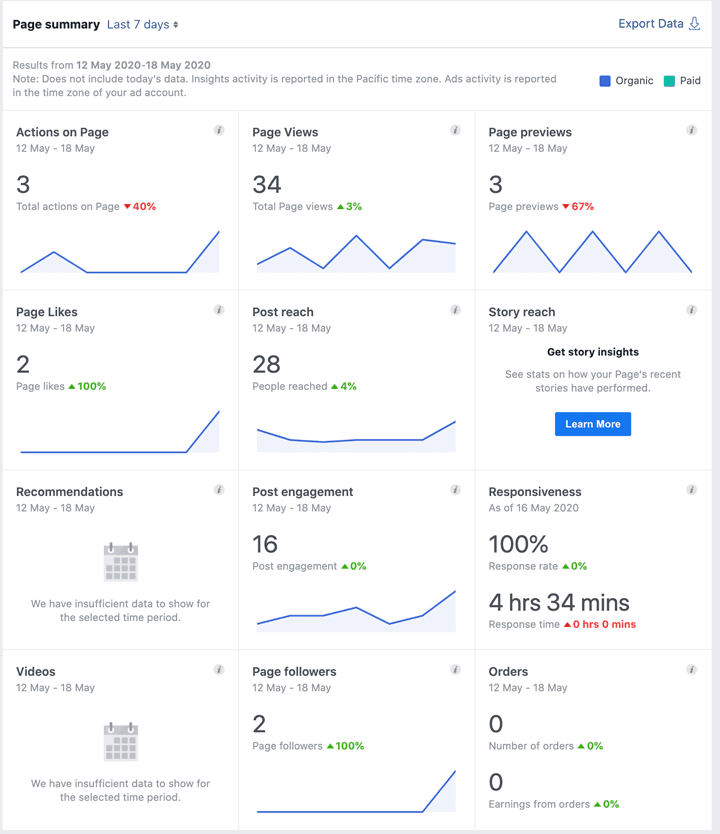
A key feature that sets Facebook Ads apart from LinkedIn Ads is the Facebook Pixel, which allows businesses to track user behavior on their websites, optimize ads, and retarget users based on actions they’ve taken, helping drive more effective campaigns.
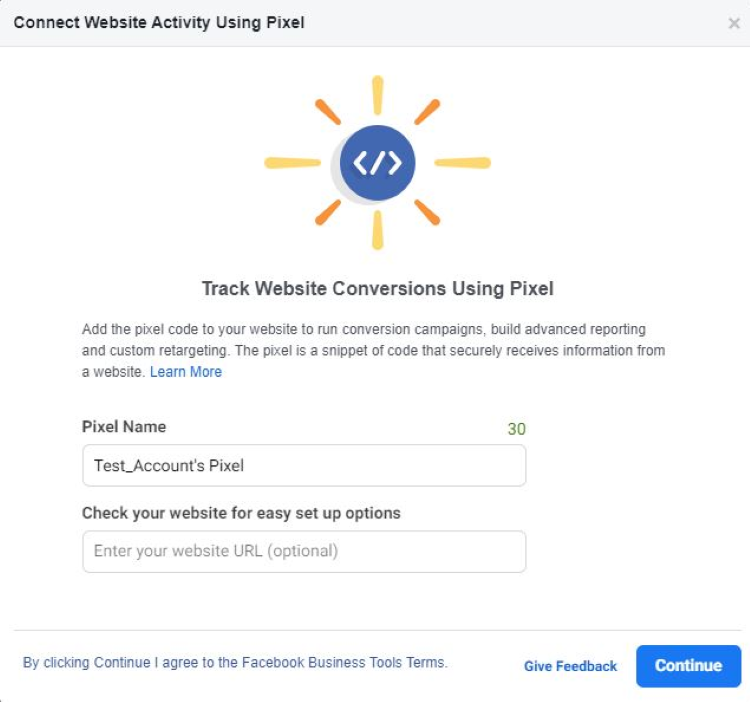
Which is Better: LinkedIn Ads vs Facebook Ads?
When choosing between Facebook vs LinkedIn Ads, the decision is closely linked to your business’s specific goals, audience characteristics, creative strategies, and budget constraints. Each platform has unique advantages that may align differently depending on your business objectives.
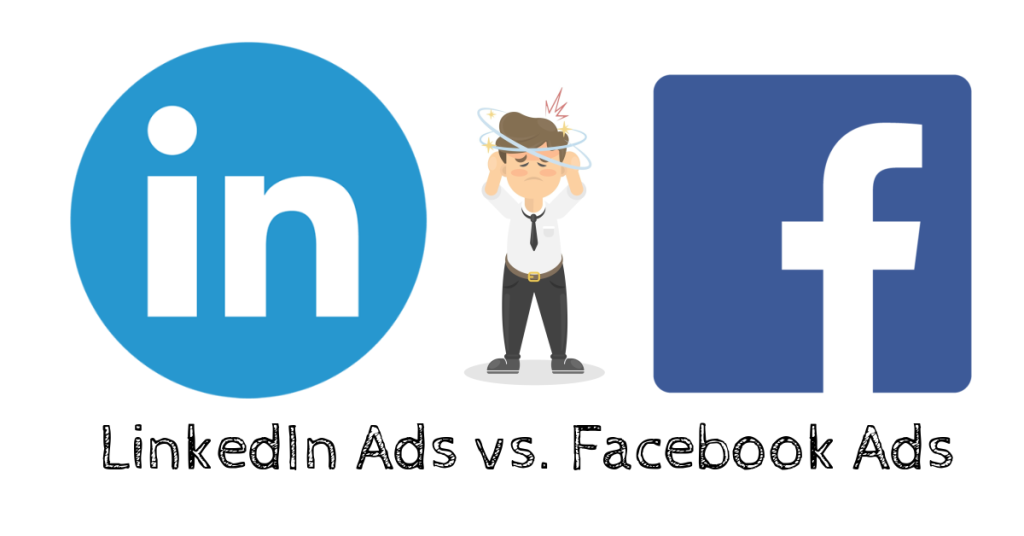
For instance, if your goal is to reach decision-makers and professionals in a B2B environment, LinkedIn Ads might be the better option due to its user base demographics and robust targeting of job roles and industries.
But if you aim to reach a broader, more diverse audience with consumer-focused products or need to build brand awareness at a lower cost, Facebook Ads is definitely the more effective choice given its extensive user base and advanced targeting features.
However, declaring one platform as definitively “better” than the other oversimplifies the decision-making process. In reality, both platforms can be used together to address different stages of the customer journey, ensuring a more comprehensive and effective advertising strategy.
Wrap-up
Choosing between LinkedIn Ads and Facebook Ads is more than just selecting a platform; it’s about identifying the best match for your unique business needs. From my own experience, I’ve discovered the distinct features of each option.
So, which will you choose, LinkedIn Ads or Facebook Ads? I hope this guide helps you make a well-informed choice for your business.





